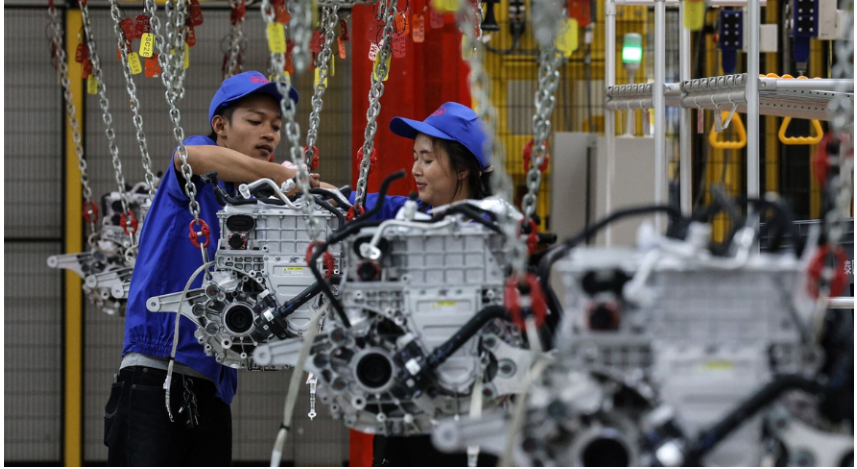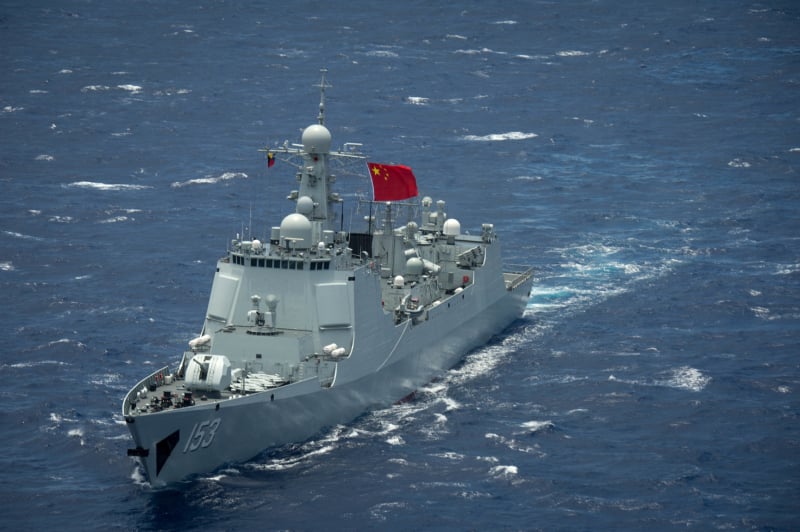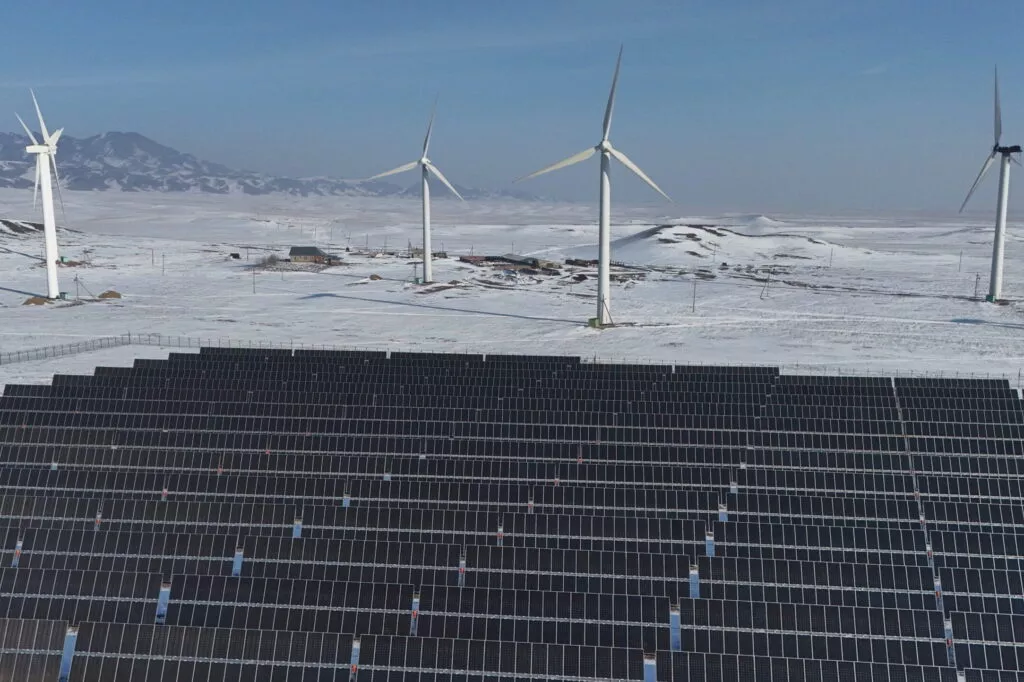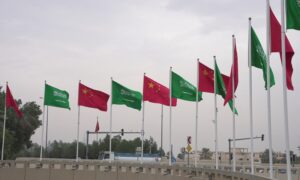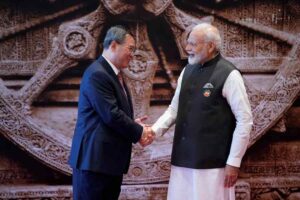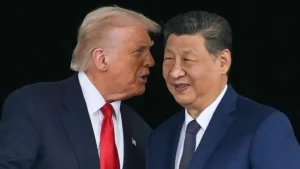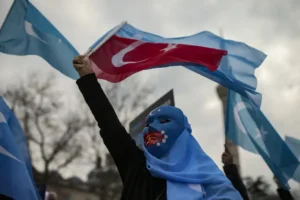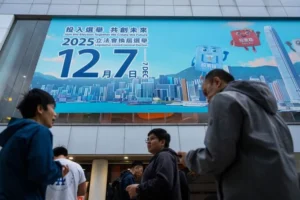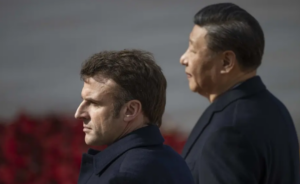China’s growing Belt and Road Initiative in Southeast Asia.
As the Belt and Road Initiative (BRI) enters its second decade, Beijing seems focused on filling in the fine details of the project’s ambitious outline, first announced by President Xi Jinping in 2013. It appears that the next iteration of the BRI will shift away from grand mega-projects to prioritise ‘small and beautiful’ high-quality projects. The green economy seems to be a particular focus, with Foreign Minister Wang Yi noting during a press conference in early March that China will ‘redouble efforts to build a green Silk Road’.
Indeed, 2023 marked the ‘greenest’ year for the BRI, with green-energy investments reaching US$9.5 billion. Investments in critical minerals and mining, green technology (such as electric vehicles and batteries) and green energy (production and transmission) are now key elements of China’s strategic engagement framework for pursuing small, beautiful and green projects.
China is likely seeking to lead in green industries where it has achieved dominance, such as critical minerals, solar cells, batteries and electric vehicles (EVs). Moreover, in light of increasing pressure from the United States and its allies and partners – which seek to limit China’s market access to their domestic green industries – Beijing is ramping up green investments in Southeast Asia to redirect exports, nearshore supply chains and consolidate regional influence.
The strategic pivot towards small, beautiful and green projects comes amid China’s economic struggles following the pandemic years and sluggish growth. As manufacturing slows and the real-estate market moves from boom to bust, China is looking to green industries as an alternative growth driver. The green-energy sector, for instance, accounted for 40% of China’s economic growth in 2023, with technologies such as EVs, lithium-ion batteries, and solar cells responsible for a 2% increase in overall export growth.
Meanwhile, China’s previous BRI mega-projects are increasingly unsustainable from a budgetary standpoint, both in the eyes of Beijing and host countries. One estimate suggests that 80% of China’s overseas lending portfolio in developing countries is backing states in financial distress. With China now the world’s largest debt collector, senior Chinese officials are talking about sustainable debt and the need to shift to smaller-scale and bankable projects, underscoring the CCP’s focus on reducing the repayment risks associated with BRI projects.
More broadly, Beijing seems aware of the reputational risks of the BRI and has likely decided to engage in some course correction as it seeks global leadership on key green development areas. Chinese scholars argue that Beijing has taken note of the international perception of its BRI projects, including criticisms labelling the process as opaque, resulting in ‘debt-trap diplomacy’, and generating ‘low-quality’ projects. BRI 2.0 responds by downsizing projects – 2023 recorded the second-lowest average deal size in construction engagements since the BRI was announced – and anchoring on buzzwords like ‘open’, ‘sustainable debt’ and ‘high-quality’ in official narratives.
Given its dominance in green industries, being seen to be responsive to these criticisms could serve Beijing’s efforts to become a global leader in green stewardship. China has a near-monopoly in critical-minerals processing and dominates green technology, such as solar panels (for which China holds an over 80% market share in manufacturing), EVs, lithium-ion batteries and even grid technologies. The ‘China Standards 2035’ strategy, announced in 2018, is an example of Beijing’s efforts to steer global green-technology environmental standards. It seeks to enhance dialogues and partnerships with BRI countries with a view to achieving 85% alignment between domestic and international standards, particularly in emerging industries.
Southeast Asia has become the target destination for China’s green-field investments due to its vast renewable-energy and critical-mineral potential. China gave Southeast Asian countries approximately US$3bn for renewable-energy projects from 2019–23. Many of these projects are focused on the region’s hydropower resources concentrated in countries along the Mekong River, such as Laos and Vietnam. Southeast Asia’s hydropower potential could increase the greening of the energy mix for both China and the region, especially through cross-border power trade.
The Laos–China 500kV power trade deal, signed in 2023, will allow China to import surplus hydroelectricity from Laos, likely contributing to southern China’s electric decarbonisation. Meanwhile, with China seeking to ensure the supply of upstream resources and raw materials, Indonesia and the Philippines (producers of some 45% of the global nickel output) have enticed major entities like CATL, China’s leading lithium-ion-battery manufacturer, to invest in EV-battery projects.
Southeast Asia is also becoming a critical element in Beijing’s geo-economic strategy in light of the growing great-power competition between China and the West. The US anti-dumping probe into Chinese solar panels, its Inflation Reduction Act’s exclusion of ‘foreign entities of concern’ from incentives, and rising American tariffs on Chinese EVs complicate China’s market prospects in the US and increasingly in Europe. Most recently, President Biden announced a new round of tariffs on green products, including batteries and critical minerals. Meanwhile, the EU plans to impose levies as high as 48% on Chinese EVs, with Canada potentially following suit.
With green market access in the West shrinking, China may find major growth potential in Southeast Asia. In the first quarter of 2024, the region saw EV sales double compared to 2023, with Chinese brands holding over 70% of total EV sales. China’s export of solar cells to the region also increased by roughly 12.5% annually from 2019–23. China is also aggressively expanding its EV production in Thailand. Additionally, Beijing views the region as a useful ‘buffer zone’ to nearshore its green-industry supply chains in order to circumvent high Western tariffs. For example, Vietnam and Malaysia, benefiting from a two-year US tariff exemption granted in 2022, have become the world’s second- and third-largest photovoltaic manufacturers, respectively.
Southeast Asia needs an estimated US$1.5 trillion until 2030 to fund its green transition. If BRI 2.0’s green and smaller-scale projects successfully proliferate across the region, China can make a dent in that number while promoting its green standards and norms. However, it remains to be seen whether China can achieve this without exacerbating apprehensions about debt-trap diplomacy or transparency issues, even with the smaller scale of these projects.
Beyond the potential economic benefits for China, however, Beijing is also aware of the geopolitical stakes. And with concerns over US allies, such as the Philippines, and flashpoints like the South China Sea, mainland Southeast Asia – particularly the Greater Mekong area – presents a comparably more favourable environment for China, where it can make use of its geopolitical heft.
China has the financial wherewithal to push back against competing frameworks, such as the US-led Lower Mekong Initiative, through its own various initiatives – including the Lancang–Mekong Cooperation – which are further boosted by major green and energy investments. Indeed, China’s market dominance in grid technologies, investment in power companies, and influence over Mekong water governance could critically shape Southeast Asia’s energy security down the line.
As Southeast Asian states seek to balance strategic competitive pressures from both China and the West, they need to be cognisant that compartmentalising economic benefits – including from green transition projects – away from geopolitical rivalries is becoming more difficult. Seeking to ‘exploit’ US–China competition to draw in green projects may seem reasonable in the short term but is unlikely to be productive in the long term. Chinese investments in solar production in Malaysia, for instance, face potential suspension following the expiry of the US-granted two-year tariff exemption, while Chinese companies have reportedly requested that Malaysian officials lobby against the US imposing tariffs on products made there by Chinese companies. As the region looks to advance its green transition, it will therefore also need to consider measures to insulate itself against geopolitical pressures.
